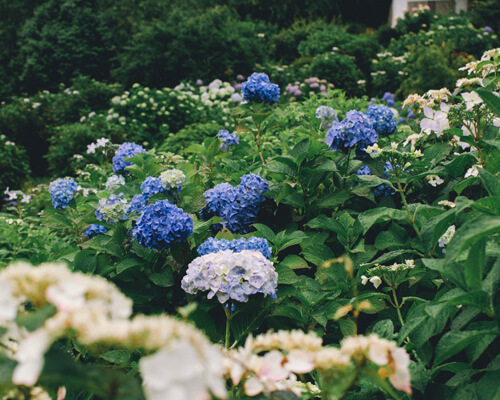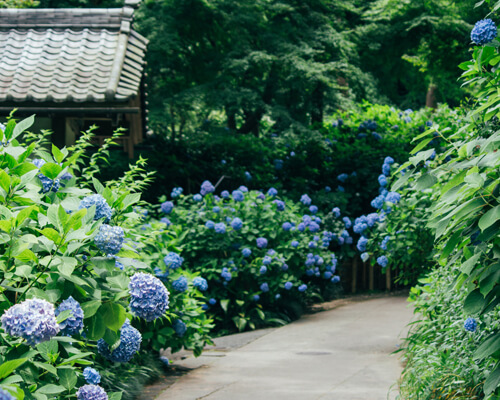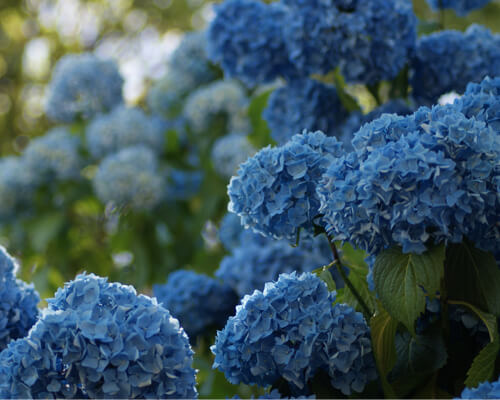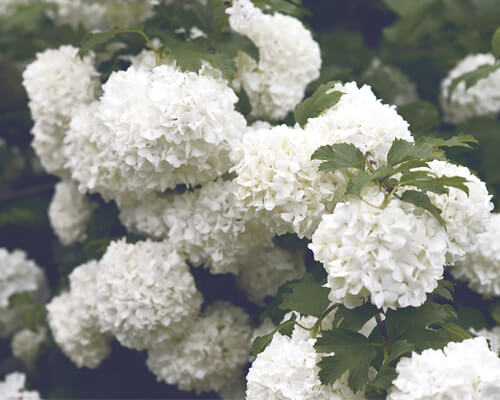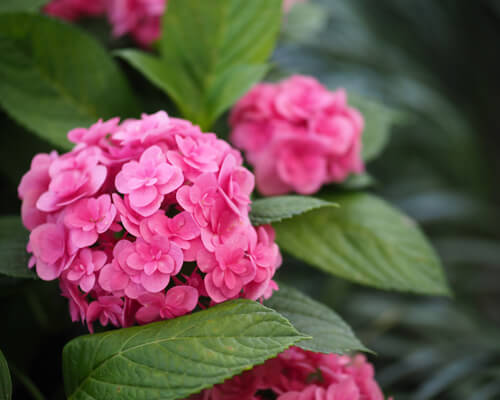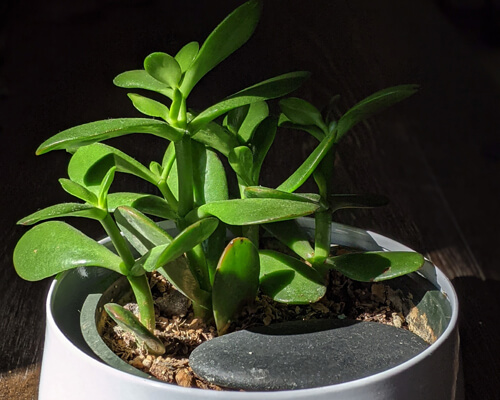Characteristics Of Loropetalum And Care Tips

Loropetalum (Loropetalum chinense) is a stunning blossoming plant native to China, the Himalayas, and Japan. The plant is a member of the Witch Hazel family and is more commonly known as the Chinese fringe flower or Strap Flower.
It is most commonly grown outdoors as a shrub or bush, but it can also grow in containers.
Keep reading to learn how to identify and care for this shrub.
Characteristics of Loropetalum
Loropetalum is an evergreen broadleaf shrub commonly grown in warm, humid climates. The name comprises the Greek words for “strap” and “leaf.” They are often grown as a screen or border plants, although there are certain dwarf and compact varieties grown as ground cover shrubs.
The look of loropetalum bush plants varies depending on the cultivar and variety. They are generally multi-stemmed shrubs with ovate, asymmetrical, dark-green leaves. Each leaf has a rough, slightly hair texture.
The plant grows in a vase shape with a wide, rounded canopy and has long arching branches.
Between March and April, the plants produce spidery, fringe-like white and pink flowers. The petals of the flowers are 1-inch long and appear in clusters at the tip of the branches. They are showy and have a subtle but pleasant fragrance.
The flowers attract pollinators such as bees, hummingbirds, and butterflies and last for up to 3 weeks.
Size
Most loropetalum plants are upright shrubs that reach 15 feet tall and 10 feet wide. Smaller, more compact varieties don’t grow taller than 6 feet.
Loropetalum is a fast-growing plant. Most varieties grow between 1 to 2 feet per year.
Lifespan
Loropetalum specimens are hardy plants that can grow for years under the right conditions. In their natural habitat, they can live to be a hundred years old. Most landscape varieties live for several decades.
The plant’s life expectancy is drastically lower if grown in a container. The plant will normally live between two to three years.
Loropetalum Varieties
New loropetalum cultivars continue to arrive on the market and there are a few common varieties. They vary in size, foliage color, and blossom type.
The Loropetalum chinense var. rubrum is a stunning variety with green and maroon-colored leaves. Different cultivars of this plant variety, such as “Pizazz” and “Burgundy,” produce blooms that range from light pink and Fuschia to deep purple.
White flowering loropetalum varieties include the Carolina Moonlight and the Emerald Snow.
The Snow Muffin is a loropetalum dwarf variety with small leaves. It reaches a maximum height of 18 inches. Other compact and dwarf varieties include the Snow Dance, the Daruma, and the Kurenai.
How To Care for Loropetalum
It is a low-maintenance shrub that is easy to grow. They are commonly grown as hedge plants but do well in containers too. The plant has minimal problems with pests or diseases and can withstand environmental conditions.
Soil
Acidic soil with a pH of 4.5 to 6.5 is ideal for loropetalum plants. They require loose, well-draining, loamy, sandy soil mixed well with compost, although they can also survive in clay soil. Organic matter, such as manure, straw, and grass clippings, can mix in the soil for richness and optimal drainage.
Mulching around the roots is usually necessary to protect them and help the plant retain soil moisture.
It is possible to alter the acidity of the plant’s soil by adding aluminum sulfate. Most varieties don’t require additional fertilizing if the soil consistency and conditions are right. However, feeding the plant occasionally during growing seasons can help it thrive.
Light
The shrub prefers partial sun and partial shade. An ideal location for this plant receives 6 hours of dappled morning sun and suitable shade in the afternoon. If the plant doesn’t receive enough sunlight, it may hurt the number of blooms that grow.
Loropetalum can also tolerate full sun in certain circumstances. However, it is best to plant them in a spot that receives only a few hours of direct sunlight per day.
Water
Lorpetalum shrubs require consistently moist environments. Watering multiple times a week as they grow and develop helps. Once the plant is fully-grown, it is drought tolerant. Watering should then occur once a week.
Loropetalum plants that grow in containers may require more frequent watering than plants that grow in the ground because the soil in pots tends to dry out faster.
Growing Zones
In the U.S., it grows best in USDA zones 7 to 10. They are cold hardy plants that can withstand low winter temperatures. They will not bloom in the cold months, but they do not lose their leaves.
When To Prune Loropetalum
Pruning loropetalum plants is not required to keep the plant healthy. However, doing so is ideal for those that want to shape their plant into a wall-like hedge. They can also tolerate heavy pruning. It is best to prune loropetalum in the warmer months, directly after the blooming period ends.
Potential Problems
Although loropetalum does not often suffer from common plant diseases and pests, it is susceptible to root rot from overwatering. The plant’s leaves may also turn brown if it receives too much water.
If the soil is too alkaline, loropetalum plants may develop yellow leaves and weak or malformed branches, which may also prohibit the plant from producing its signature blooms.
If these problems occur, it is best to dig up the loropetalum and move it to a drier spot with the right soil mixture.
Conclusion
Loropetalum is a glorious shrub that is as versatile and easygoing as it is beautiful. They are adaptable to several environmental conditions and require minimal watering or pruning.
The plants are a stunning focal point in any plant collection. Its bright and rich greens, pinks, whites, and purples make attractive hedges in outdoor gardens. They are also easy to care for as container plants, bringing a burst of color to patios and decks.

